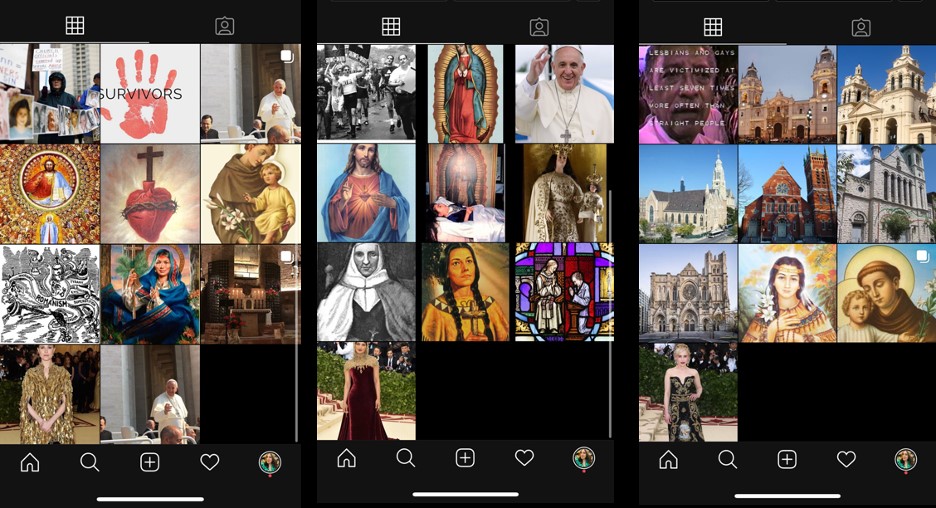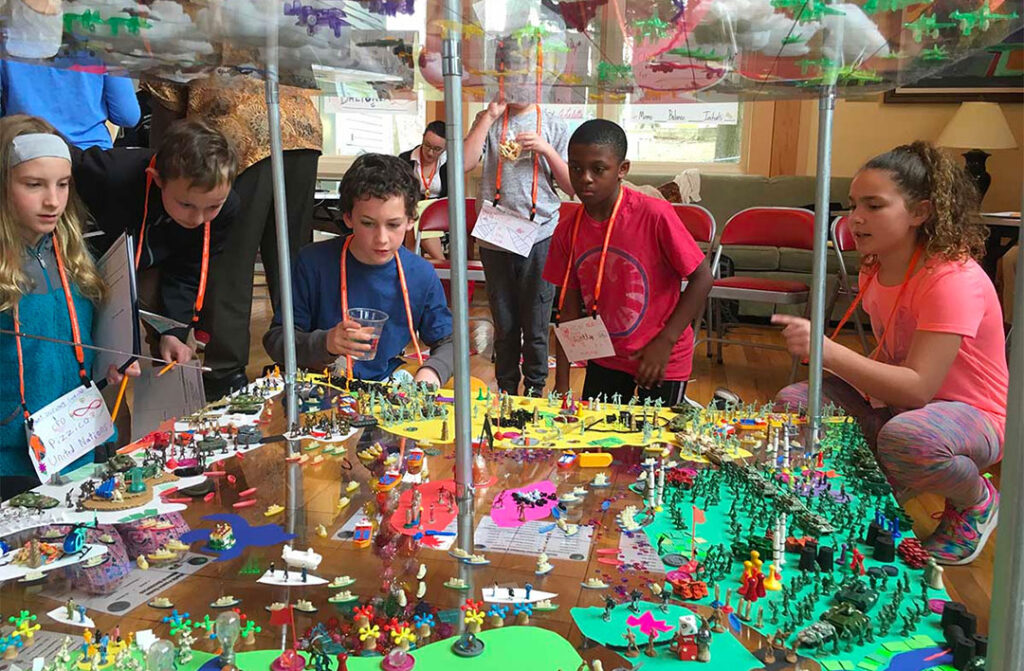Throughout history, teaching like most things has been constantly changing. As Bob Dylan put it best “The times they are a changin” and this is extremely true with regard to history. In particular, we in the 21st century live with huge technological advancements. A monk from the 8th century who was taught on parchments would lose his mind if you put a computer Infront of him. We of course are use to these technologies and they are essential and useful tools to us as future educators. During my time in HIS-3630, I have learned many new ways of teaching with new media from using Instagram posts, games, and story maps as well as my work with Omeka to name a few. Learning of each of these tools has shaped my understanding of teaching and learning history in the modern age and using these tools in the future can help reshape the teaching of history.

(See Abe gets it) https://www.dallasnews.com/opinion/commentary/2016/09/21/how-lincoln-modernized-political-communication)
The first major use of digital media that stood out to me was the use of Instagram in the classroom. When I first saw the reading I was quite curious on how one was to implement Instagram into a teaching classroom. This was done very successfully by Alyssa Maldonado-Estrada in her post Distance Learning on Insta: Using Instagram Posts & Stories to Co-create and Share Student Ideas. Maldonado-Estrada began to use Instagram during the COVID lockdowns, and to her the goal was for “allowing students to engage aesthetically and analytically with course materials in ways that felt personal and accessible“. The class in which she was teaching revolved around “Catholicism in America”. The posts she asked for involved students reflecting on something they found interesting from the readings and to find a personal connection. To me, this stood out as a very unique way of using digital media in the classroom. Many classes I have attended during my time in college have used some form of digital postings, but never Instagram. From the images provided it seems to be a very successful endeavor on Maldonado-Estrada’s part.

(Example of Maldonado-Estrada’s class posts)
The second strong use of digital media in the classroom was the use of story maps and mapping out the classroom. One may ask themselves what is a story map?, in Spatial Approaches to the Past: Story Maps in the History Classroom Christopher Saladin and Shana Crosson discuss map importance. One importance they state is “Story Maps provides a smoother entry point for instructors and students to apply spatial thinking to their disciplines. Rather than relying on maps alone, the platform contains familiar elements, such as text and images, that make it more appealing to new users“. Maps have been extremely important in teaching history, as they can show a progression of something over time. They can show the changing of borders, demographic changes to things such as animal populations. A personal example of using a story map is from my American history survey class in which we picked a state and detailed Civil Rights events that happened across the state. The project could have easily been a regular paper, but the use of a digital map made it way more engaging and taught myself and those who viewed my map more.

(An example of a story map from https://beckyvincer.files.wordpress.com/2020/10/storymapfrontrgb-web-e1603966045812.jpg)
While the uses of Instagram and story maps have been very helpful new media tools, a third new media tool I found helpful was gaming in the classroom. The reading that informed me on teaching in the classroom was Game of Thrones and Gaming in the Classroom by Sarah M. Spalding. Spalding through the creation of a history game based on Game of Thrones, was able to have her students engage in the material at hand in a creative way. The whole goal of this was to have them participate without them feeling “forced” to. In Spalding’s own words “This allows students to begin thinking about the historical content in a way that is not just information that happened in the past, but as something that is relatable”. To have this history relatable is what stuck out to me, as I always remember all of the similar “games” I took part in during elementary, high school and college.

(Students participating in the World Peace Game, a game created by teacher John Hunter which we discussed in class and it has its students participate in a game roleplaying world peace)
Overall, teaching has truly been evolving overtime and we are honestly at the beginning of the full use of technology in school. While technology use to be scolded in the classroom such as phones and computers, they are now almost a part of the classroom with many teachers creating activities utilizing these devices. These examples of Instagram posts, games, and story maps are just the tip of the iceberg when it comes to the use of technology in the classroom. Personally my time in HIS-3630 has really taught me a lot about how to best use the new technologies around us, to help teach a future generation of students who will learn how to use the new technologies of their day to continue this cycle of education.
Citations
-Barth, Rick. “Campus.” Teaching Commons, August 25, 2020. https://teachingcommons.kzoo.edu/2020/08/25/distance-learnign-on-insta-using-instagram-posts-stories-to-co-create-and-share-student-ideas-alyssa-maldonado-estrada/.
-“The History Teacher, Published by the Society for History Education.” The History Teacher, published by the Society for History Education. Accessed May 8, 2023. https://societyforhistoryeducation.org/.
-Saladin, Christopher S, and Shana Crosson. “Spatial Approaches to the Past: Story Maps in the History Classroom.” Experts@Minnesota. Accessed May 8, 2023. https://experts.umn.edu/en/publications/spatial-approaches-to-the-past-story-maps-in-the-history-classroo.